Gas solenoids are one of the most popular flow control valves for managing and controlling the flow of gaseous media. Like other valves, gas solenoid valves regulate the flow of gasses through tubes; however, unlike other valves, gas solenoid valves can be operated remotely. The most common actuation type for gas solenoid valves is pneumatic, but other options include electric and electro-pneumatic. Pneumatic power is cleaner and requires less maintenance than other actuation techniques, including hydraulic power. Read More…
Solenoid Solutions manufacturers custom direct-acting 2 and 3-way solenoid valves and multi-valve manifolds for OEMs in the medical, appliance, transportation, power generation and industrial equipment markets.

Our solenoid valves are all tested in house following very strict quality guidelines. We opened our doors in 1936 and ever since then we have been committed to bringing top of the line products and customer service that cannot be beat!
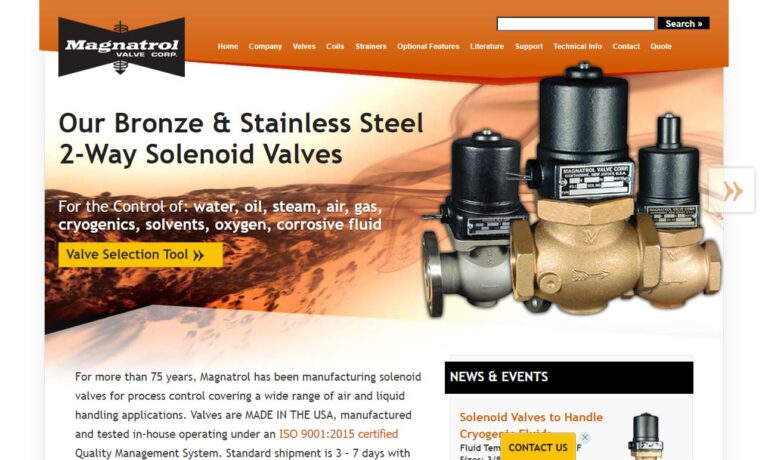
At Plast-O-Matic Valves, we are dedicated to designing and manufacturing high-performance fluid control solutions, with solenoid valves as a core part of our expertise. We take pride in engineering these valves with precision and reliability, ensuring they deliver consistent performance in demanding applications across a wide range of industries.

At Brandstrom Instruments, we are dedicated to delivering reliable and innovative solutions in fluid control, specializing in the design and manufacturing of high-quality solenoid valves. With decades of experience in engineering precision components, we take pride in offering products that meet the strict demands of industries requiring accurate flow regulation, durability, and efficiency.

We are proud to be DEMA® Engineering Company, a trusted name in fluid control and dispensing solutions. With decades of expertise, we design and manufacture high-quality solenoid valves that deliver reliable performance in a wide range of industrial and commercial applications.

At Aquatrol, we take pride in being a trusted manufacturer of high-quality solenoid valves designed for dependable performance across a wide range of industries. With decades of hands-on expertise, we have built a reputation for precision engineering, innovative solutions, and a commitment to excellence that ensures every product we deliver meets the highest standards.

More Gas Solenoid Valve Manufacturers

A Gas Solenoid Valve's Operation
The electrical current that flows via the solenoid controls the valve. The valve's plunger descends, seals against orifices, and closes the valve when power is energized, creating a magnetic field. The flow of electricity through a solenoid valve stops the flow of a pressurized liquid or gas. Pulling the plunger and resetting it once the coil is de-energized is possible. The valve opens after the orifice is released from its seal. This process enables the gas or liquid under pressure to pass through the valve’s two-way solenoid valve controller.
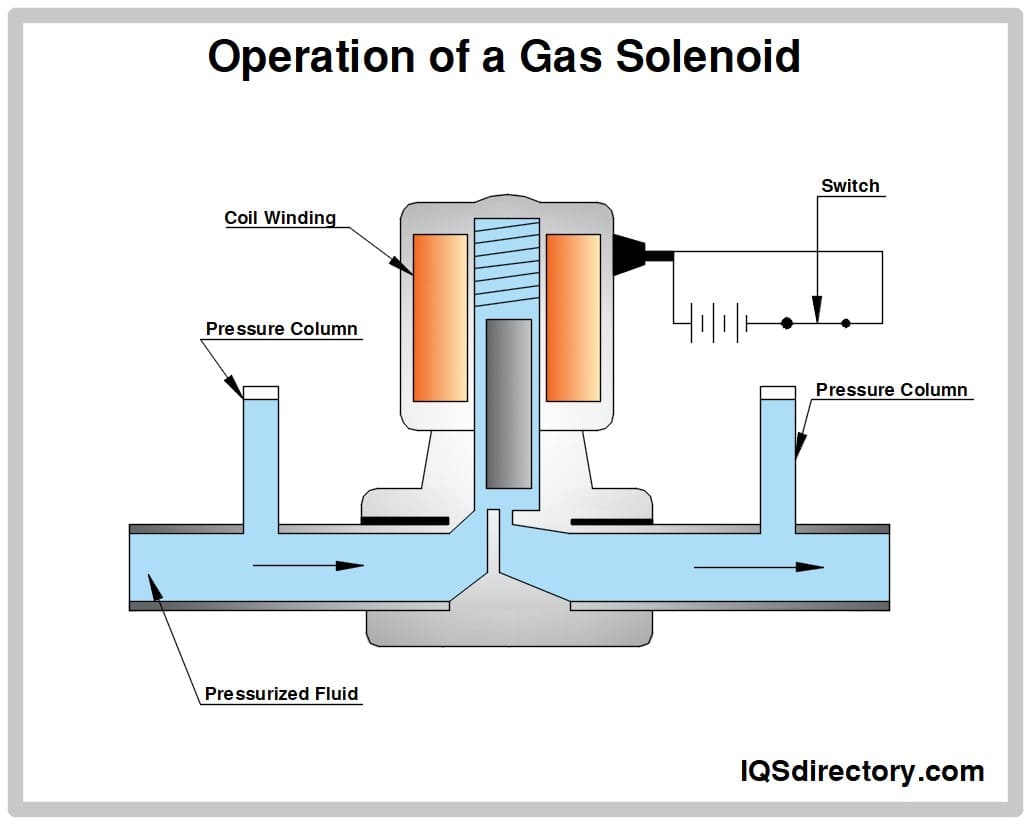
Gas Solenoid Valve Types
Gas solenoid valves are electromechanical devices that accurately control the flow of gasses using targeted electrical charges, sensor cues, or hysteresis. A solenoid is a magnetized coil that is actuated by electrical charges. Normally closed (NC) and normally open (NO) valves are both options for gas solenoid valves. An NC valve limits the airflow in a solenoid coil with a plunging pin or rod held inside the valve.
As long as the pin obstructs the airflow, the pressure inside the valve helps keep the valve closed. An electromagnetic charge is passed through the solenoid coil to activate it, raising the plunger out of the path and enabling gas to flow through the entire valve. The converse is true with NO valves; they stay open until the solenoid is engaged, halting the flow and applying pressure to keep the valve closed.
Direct-acting and pilot-operated valves are the two types of gas solenoid valves that are most frequently produced. The in-flow hole in the valve body or orifice is directly in touch with the plunger in direct-acting gas solenoid valves. The opening is opened and closed using this plunger to allow or restrict flow. Instead of requiring a plunger to operate, the pilot-operated gas solenoid valve uses a diaphragm to regulate the flow of gasses. In pilot-operated valves, a solenoid-operated vent is opened to let the pressure equalize, allowing gasses to pass through the valve's bigger chamber's diaphragm.

Solenoid Valve Applications
Due to the necessity of stopping the flow of gas in the system in the event of a gas leak, solenoid valves are utilized in most gas piping applications. One of the main purposes of an electronically controlled solenoid valve is to prevent the operator from using gas when there is a leak. One of its main advantages is a solenoid valve's ability to be installed in remote areas and controlled by basic electrical switches. Gas distribution, release, and shutoff are some of their most frequent applications.
The applications of gas solenoid valves are numerous. Gas solenoid valves have undergone design and engineering advancements that have made them safer and more effective. In addition, this valve can be modified to fit a range of applications and installed in several locations. The valve may also be opened and closed in less than a second, which is a huge benefit. An automated control system is essential for dangerous gasses and fluids that demand a lot of upkeep. A gas solenoid valve can be used in various procedures and tasks requiring:
- A minimal energy footprint
- Quick reaction time
- Capable of remote operation
- Able to be adapted to a wide range of machinery and applications
- Inexpensive replacement components
- Both DC and AC voltages are accessible
- Used in both high and low temperatures
- Protection against external leaks
- Installation may be vertical or horizontal
Benefits of Gas Solenoid Valves
Gas solenoid valves commonly regulate gaseous media such as air, nitrogen, argon, oxygen, hydrogen, liquid petroleum, and natural gas. Gas solenoid valves have a low control power. They are utilized in many different sectors, including the automotive, aerospace, oil and gas, commercial, agricultural, food processing, medical, semiconductor, and marine industries.
The more popular materials for gas solenoid valves are brass, PVC, polypropylene, polyethylene, PTFE, aluminum, copper, bronze, steel, cast iron, ductile iron, and stainless steel. Gas solenoid valves can also be produced from polymers, metallic elements, and alloys. Gas solenoid valves are available in various sizes and feature a compact design with fewer moving parts than most standard valves. Gas solenoid valves also provide the following:
- Quick and secure switching
- Lengthy useful lifetimes
- High reliability
- Good medium compatibility with the materials utilized
- Water sources
- Chromatography using gas
- Compressors
- Construction services
- Gas mixture control
- Cleaning and treating gray and dark water
- Firing mechanisms
- Drinking water purification
- Methods for putting out fires and protecting water mains
- Treatment of wastewater
- Control for gas and oil burners
- Regulating cleaning procedures
- Climate control, large heating systems
- Lubrication, dosage, and cooling
- Relief from pressure and drainage
- Tank and transportation facilities
- Tools for blood analysis
- Engineering of machinery and plants
Choosing the Proper Gas Solenoid Valve Manufacturer
To make sure you have the most beneficial outcome when purchasing gas solenoid valves from a gas solenoid valve manufacturer, it is important to compare at least 4 manufacturers using our list of gas solenoid valve companies. Each gas solenoid valve manufacturer has a business profile page that highlights their areas of experience and capabilities and a contact form to directly communicate with the manufacturer for more information or request a quote. Review each gas solenoid valve company website using our patented website previewer to get an idea of what each business specializes in, and then use our simple RFQ form to contact multiple gas solenoid valve companies with the same form.







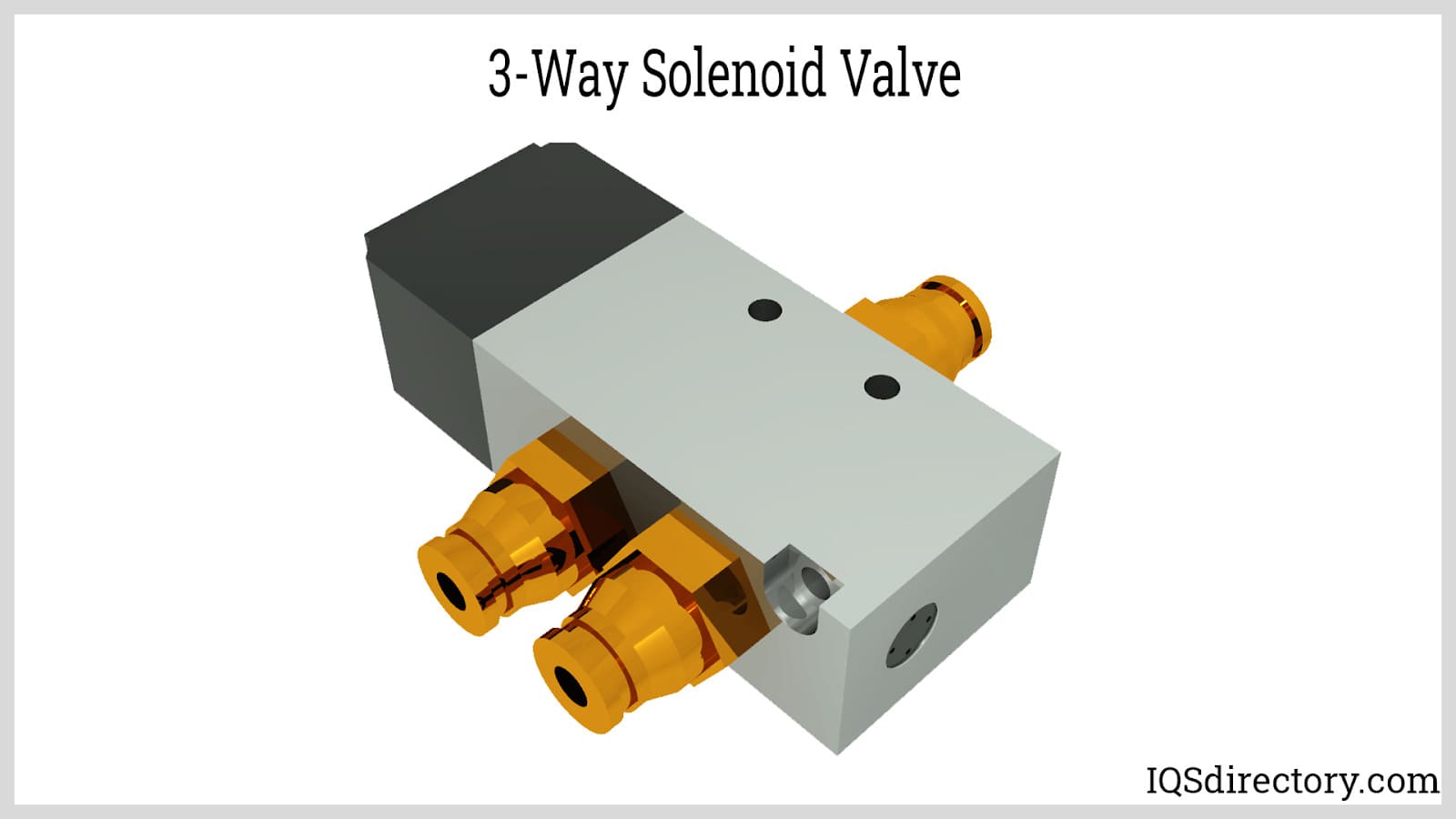
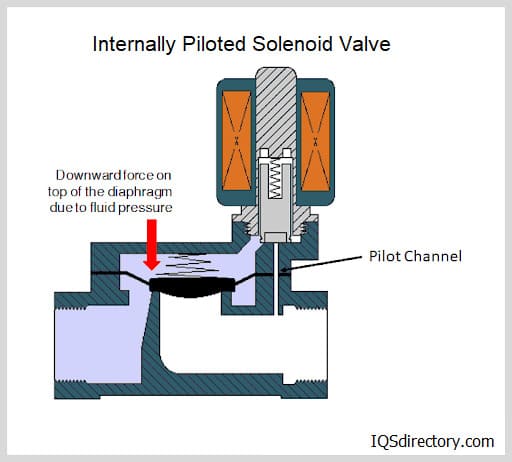
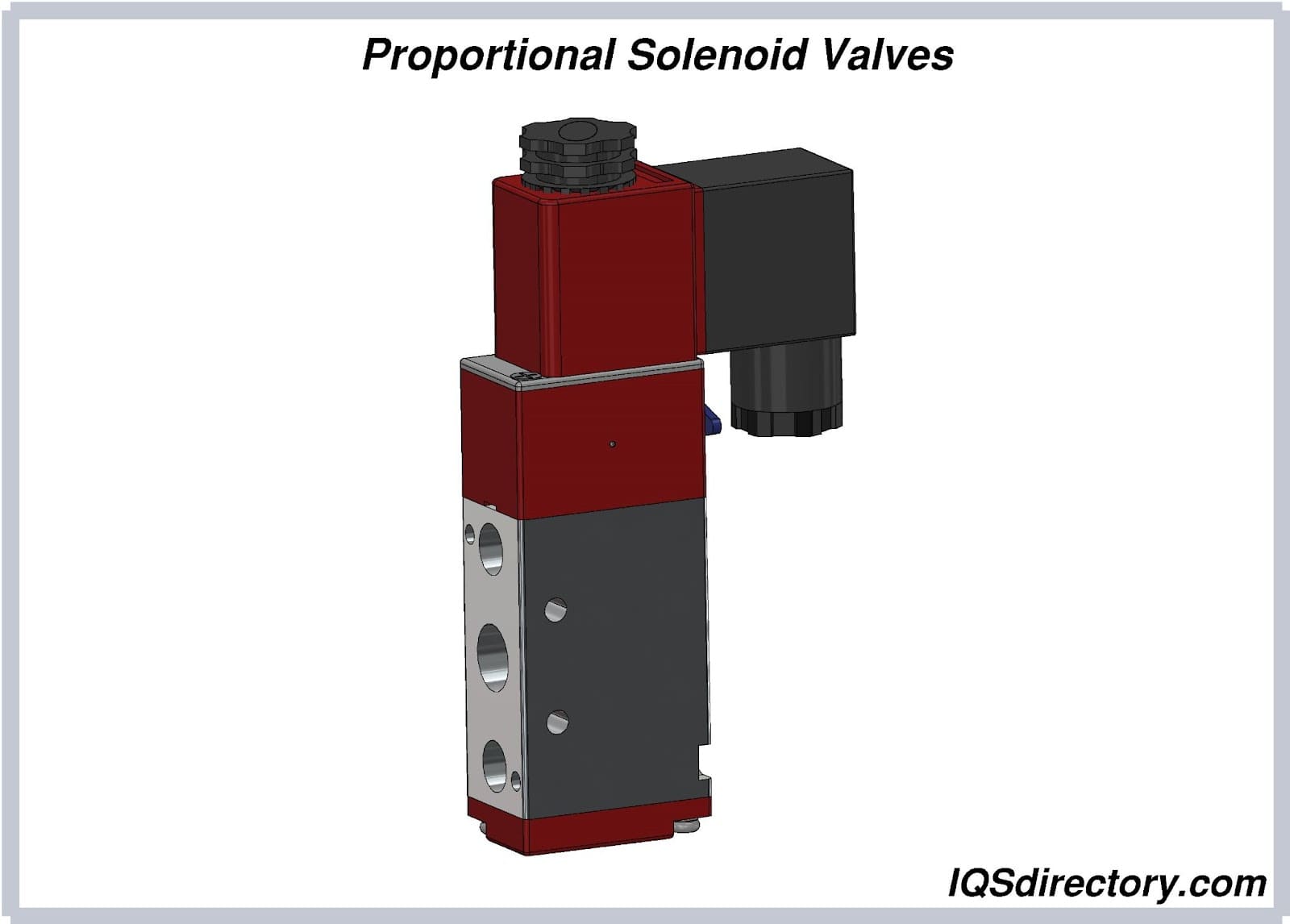
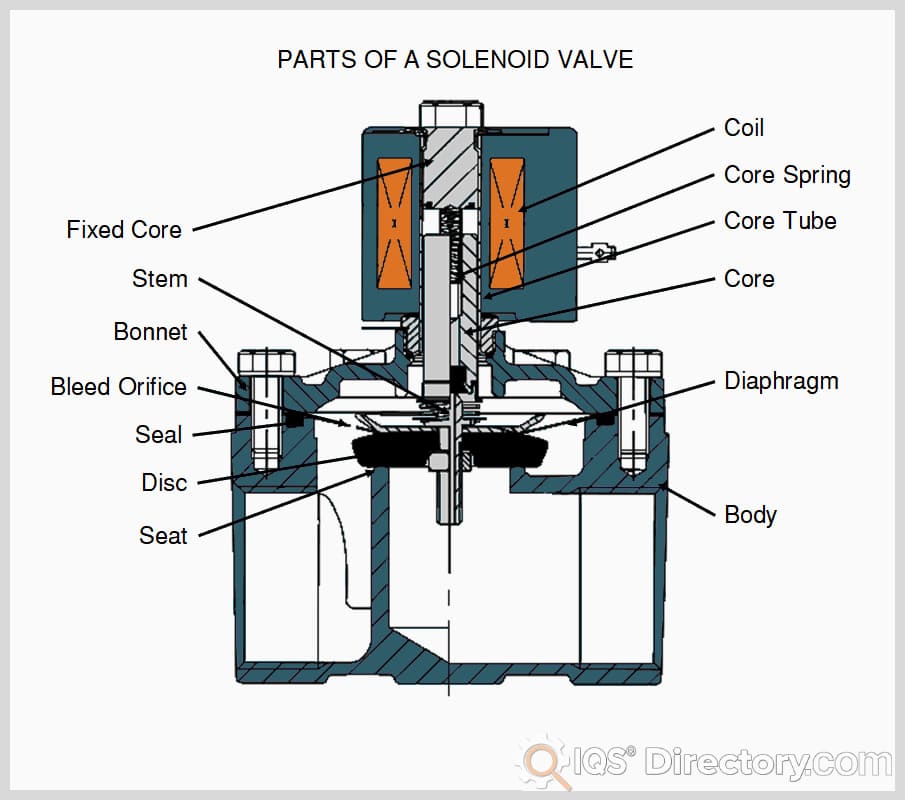
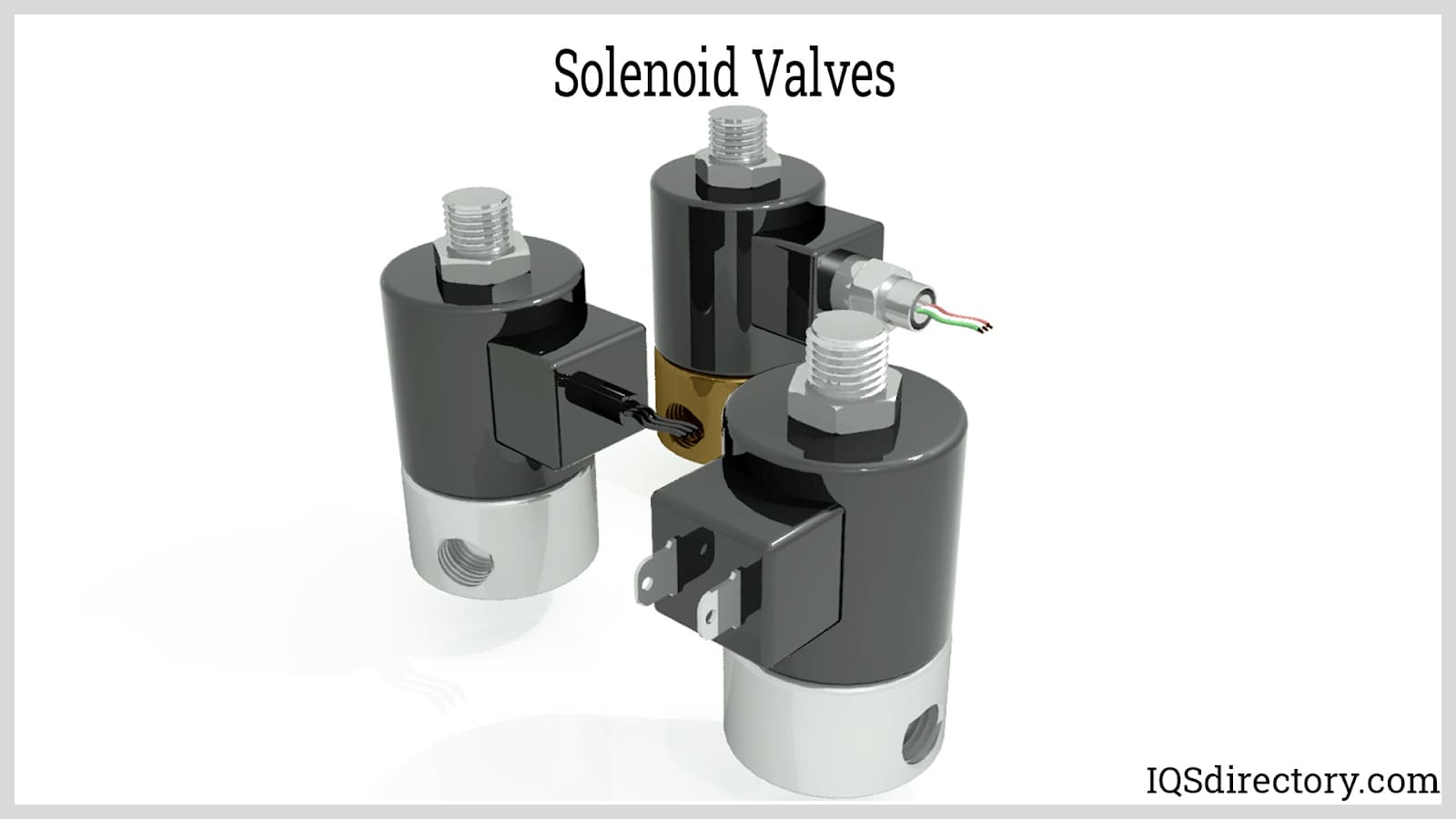
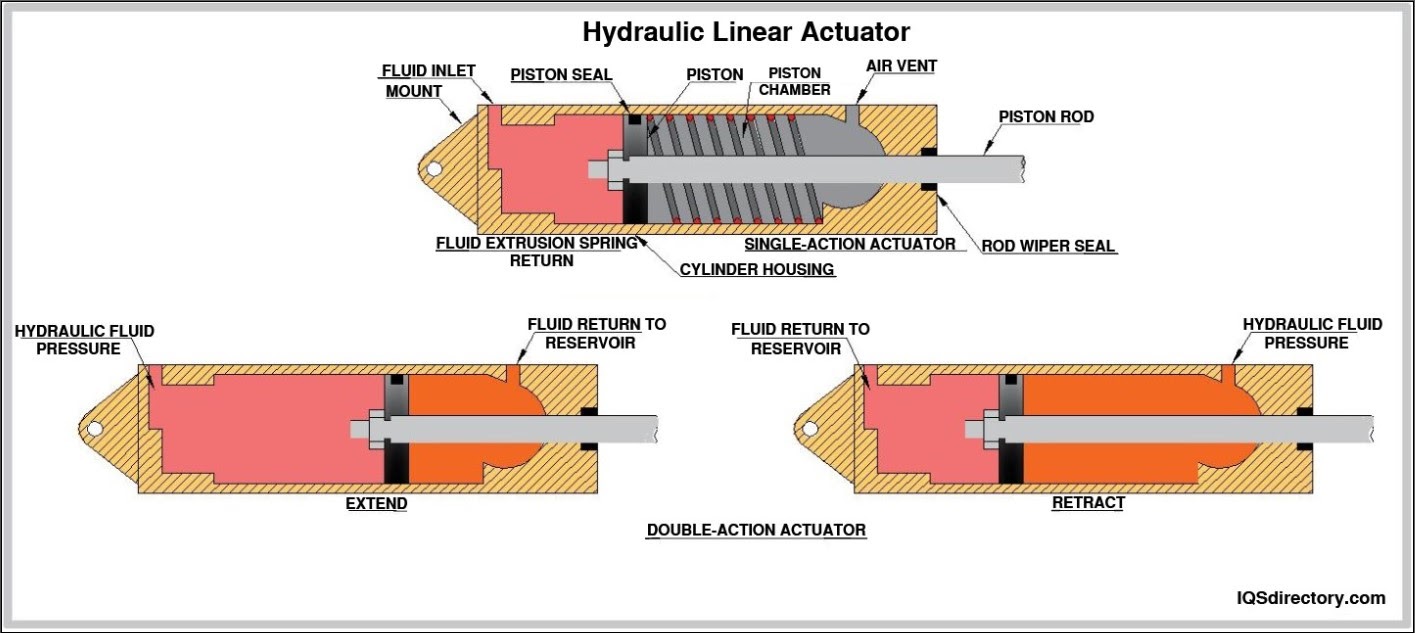
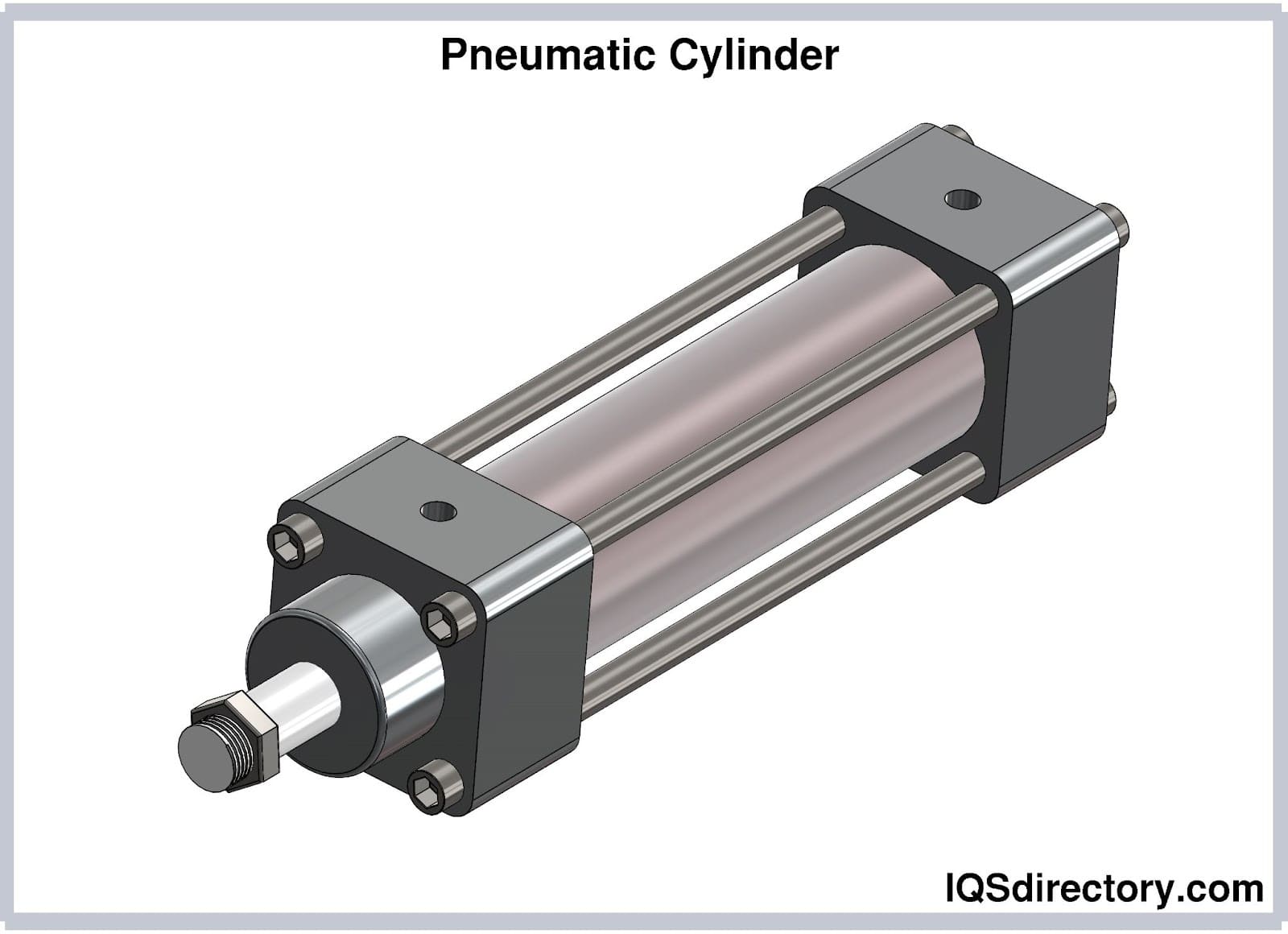
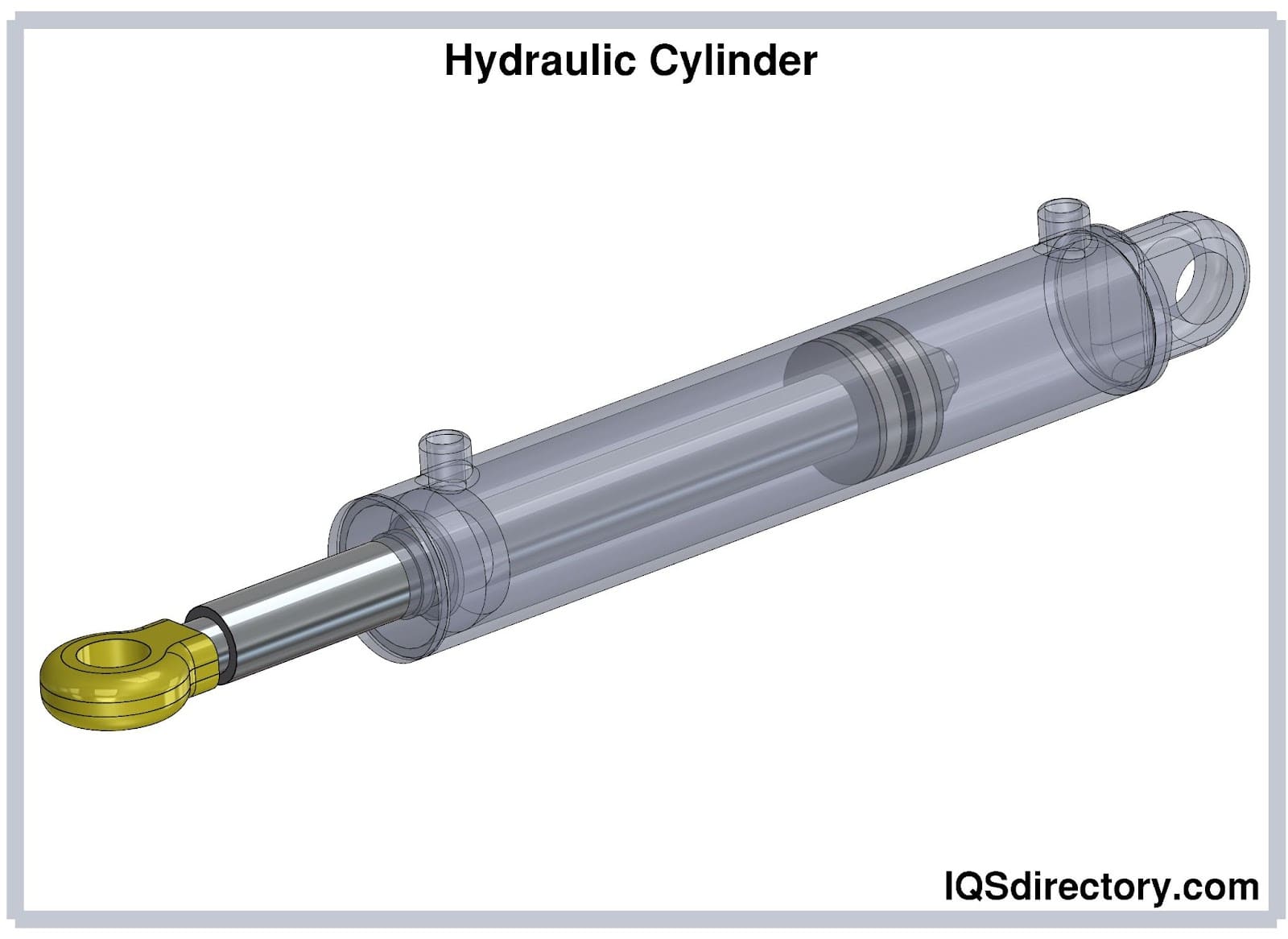
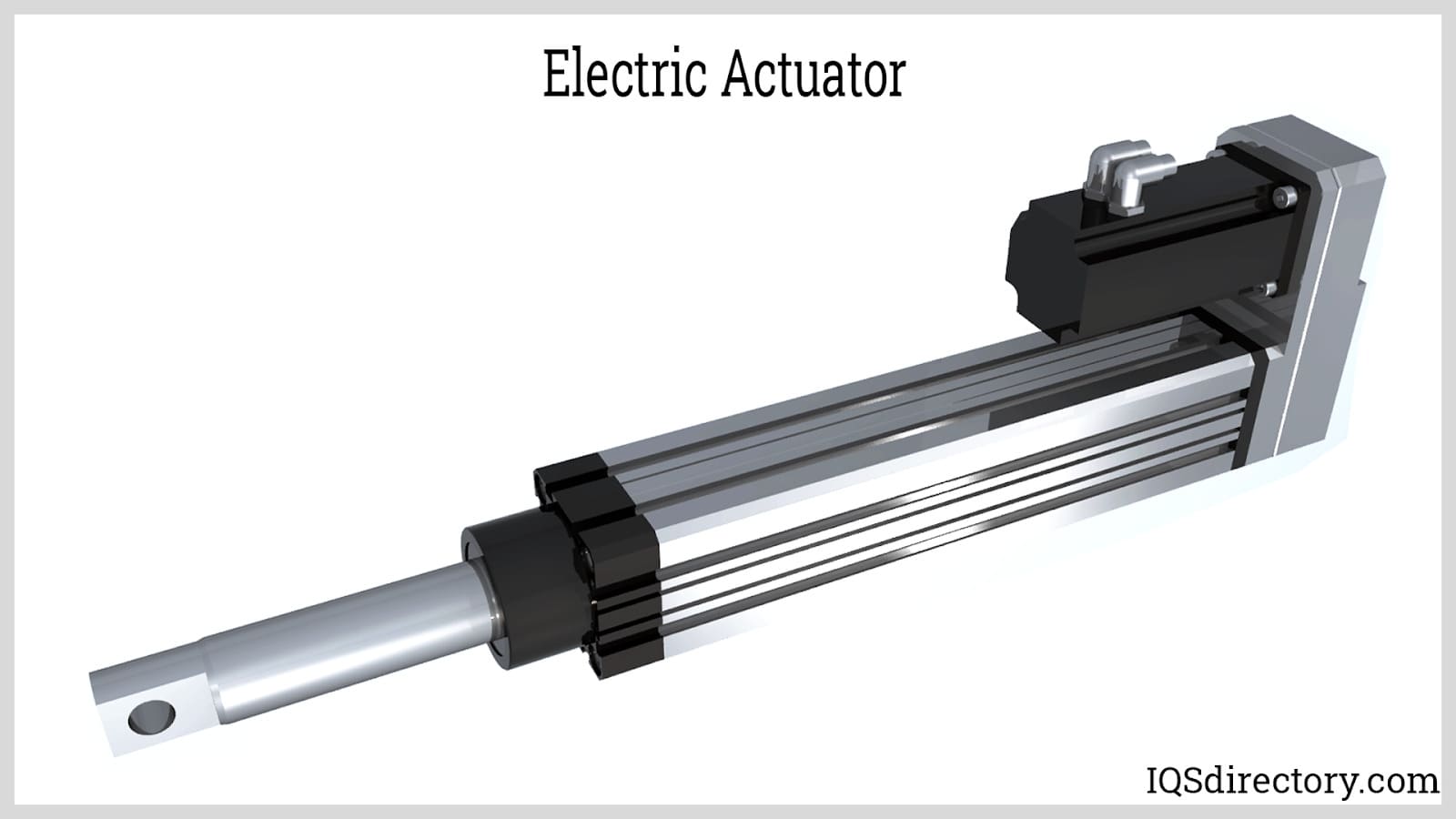
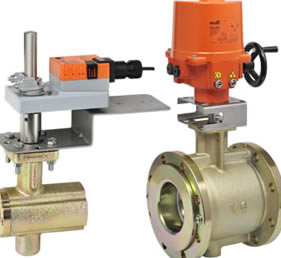 Ball Valves
Ball Valves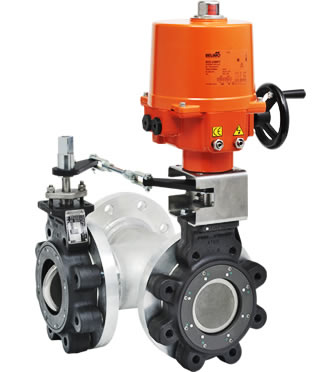 Butterfly Valves
Butterfly Valves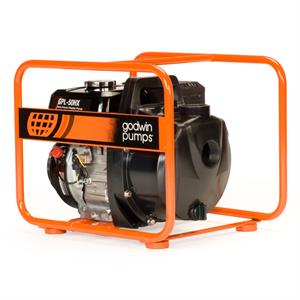 Centrifugal Pumps
Centrifugal Pumps Check Valves
Check Valves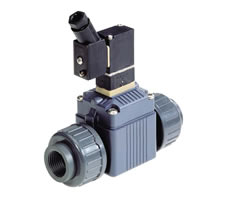 Diaphragm Valves
Diaphragm Valves Flow Meters
Flow Meters Hydraulic Pumps
Hydraulic Pumps Hydraulic Valves
Hydraulic Valves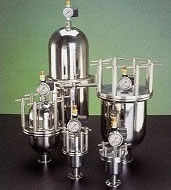 Metering Pumps
Metering Pumps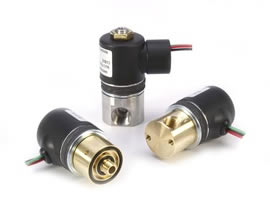 Solenoid Valves
Solenoid Valves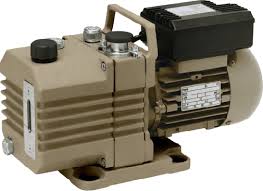 Vacuum Pumps
Vacuum Pumps Castings & Forgings
Castings & Forgings Bulk Material Handling
Bulk Material Handling Electrical & Electronic Components
Electrical & Electronic Components Flow Instrumentation
Flow Instrumentation Hardware
Hardware Material Handling Equipment
Material Handling Equipment Metal Cutting Services
Metal Cutting Services Metal Forming Services
Metal Forming Services Metal Suppliers
Metal Suppliers Motion Control Products
Motion Control Products Plant & Facility Equipment
Plant & Facility Equipment Plant & Facility Supplies
Plant & Facility Supplies Plastic Molding Processes
Plastic Molding Processes Pumps & Valves
Pumps & Valves Recycling Equipment
Recycling Equipment Rubber Products & Services
Rubber Products & Services